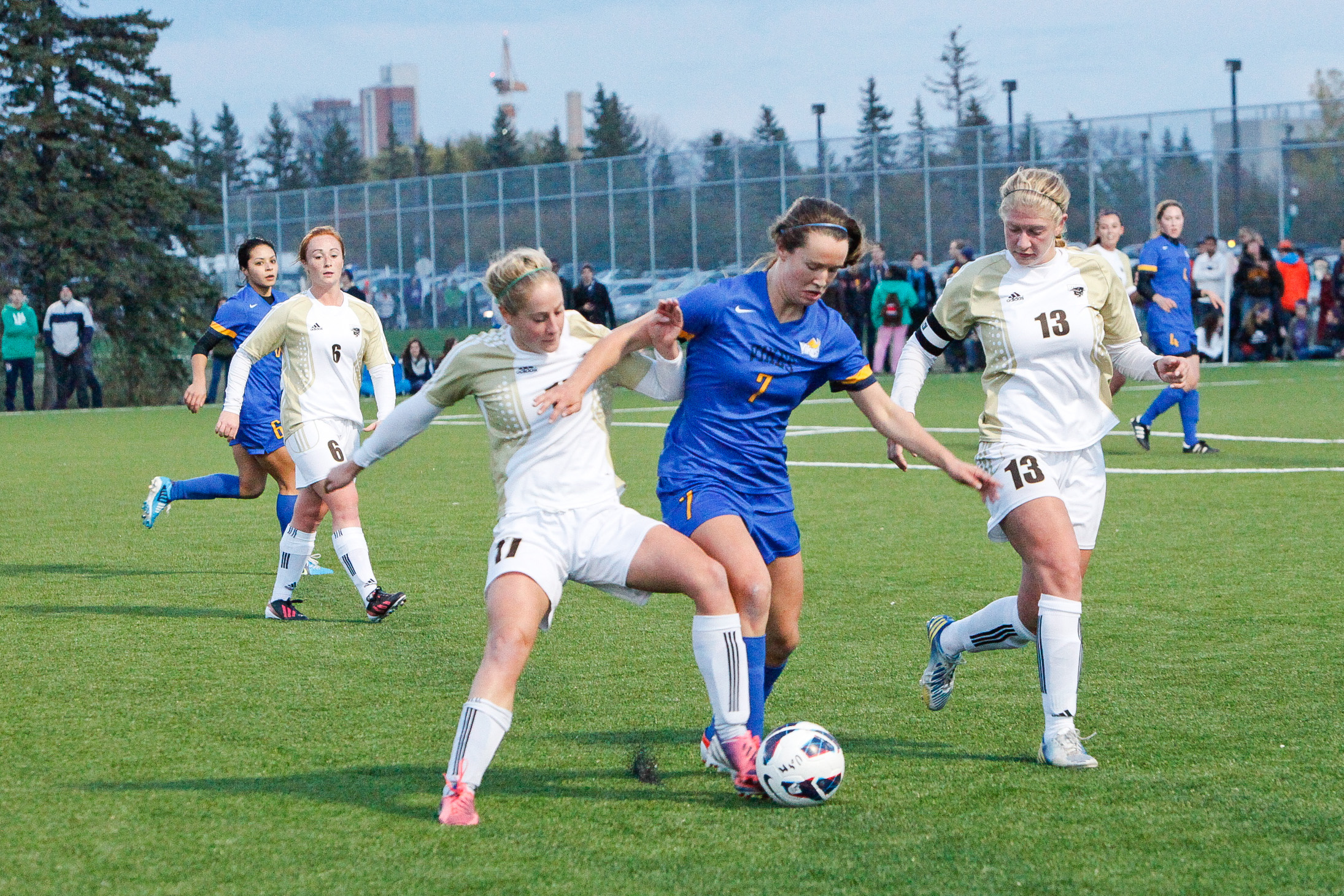Earlier this month, it took only six minutes of play for the Italian national soccer team to earn a 3-0 victory in their UEFA EURO 2012 qualifying match against Serbia.
Officials were forced to call the game, which took place in Genoa, Italy, early in the first half when it became evident that fans attending the event had compromised the safety of the playing field for both the Italian and Serbian players.
The match itself had already been delayed for approximately 35 minutes due to crowd disturbances outside of the stadium. Once the attention shifted to the action on the field, however, the disturbances caused by several fan groups only got worse, as one individual climbed a glass barricade and began cutting away the netting partition that separates the crowd from the athletes.
After several minutes of tentative play, on-site officials ordered a stoppage once fans began throwing flares onto the field — some falling only metres away from the Italian and Serbian players. As the players stood and watched, Italian riot police marched onto the field, shields in tow, to try and quell the turbulent crowd. At this stage in the game the score was still 0-0, but Italy walked away from the debacle with a 3-0 forfeit victory due to the fact that it appeared to be exclusively Serbian fans that were causing the ruckus.
The forfeit loss certainly doesn’t help Serbia’s chances in qualifying and placing for the 2012 Euro Cup but many are now more concerned with the more widespread implications this event has for the world of soccer.
In the aftermath of the incident, UEFA has since confirmed that it has opened a full disciplinary investigation into the events that took place Oct. 12, during the Italy-Serbia match.
In a statement released less than 24-hours after the incident UEFA stated, “Once the full dossier is completed, with the assistance of both the referee and delegate reports, the matter will be put before the independent UEFA control and disciplinary body for further review and possible sanctions.”
“The sanctions that are available to the control and disciplinary body [ . . . ] range from a reprimand or fine, up to a stadium closure or disqualification from competitions in progress and/or exclusion from future competitions.”
The severity of the discipline is still up for speculation, but many pundits are pointing to a similar case in 2005 where Italian club team Inter Milan was forced to play four home games to an empty stadium after fan violence overshadowed a Champions League quarter-final match, causing an early stoppage. Similar to the Serbia-Italy incident, the quarter-final match was called after an Inter Milan fan hurled a flare from the stands, hitting rival AC Milan goalkeeper Dida in the shoulder.
What is perhaps more alarming in this case, however, is that the offending fans weren’t the home crowd but rather a contingent of Serbian fans that travelled to Genoa in order to cause the scene. The individual at the centre of the whole debacle — the man wearing a black ski mask, who climbed the glass partition, cut the protective netting and encouraged others to interfere with the match — was found by Italian police hiding in the trunk of a bus set to to take Serbian fans home from the qualifier.
Police identified the ringleader of the fan riot as 30-year-old Ivan Bogdanov. Police also mentioned that, within the bus, Bogdanov was found with four bags, a total of nearly 600 pieces of fireworks and explosives.
Sanda Raskovic-Ivic, Serbia’s ambassador in Rome, spoke publicly against those who took part in the incident.
“What happened in Genoa was a disgrace, a nightmare,” said Raskovic-Ivic. “I and all of the Serbians are ashamed.”
“I take this opportunity to send the apologies from the embassy, our government and our population to the Italian people for what has happened.”
Much of this event has seen by North American sports fans as a stark reminder of the differences in sport culture around the world. Thus far in 2010 the most jarring instance of audience-athlete interaction was the Vancouver Canuck’s Rick Rypien grabbing a fan by the lapels during an NHL game, an act for which Rypien recently received a six-game suspension.
And perhaps if the actions that took place during the Italy-Serbia match don’t seem all that foreign then surely the potential disciplinary measures must. Jokes of the Phoenix Coyotes attendance records aside, it is nearly unimaginable that in any major North American sport a team would be forced to play to an empty stadium, or an empty arena.
Very rarely in any major North American sports are teams penalized for the actions of their fans. Of course, most would point to the fact that there have been very few instances in North America where fans actually endanger athletes, but it is also true that not yet is there one sport that dominates international culture so much as does soccer in Europe.
Illegal fan behaviour in these cases can quickly turn from an ugly affair to an international incident when away team fans are willing to cross international borders to cause a riot. At this point, even die-hard soccer fans might admit there’s something more going on than just a silly game.
Sixteen people, including two police officers, were injured in conflicts that continued well after the game’s stoppage.
UEFA is scheduled to conduct a disciplinary hearing Oct. 28 in order to determine the fate of the Serbian national team.




